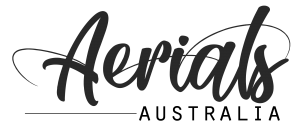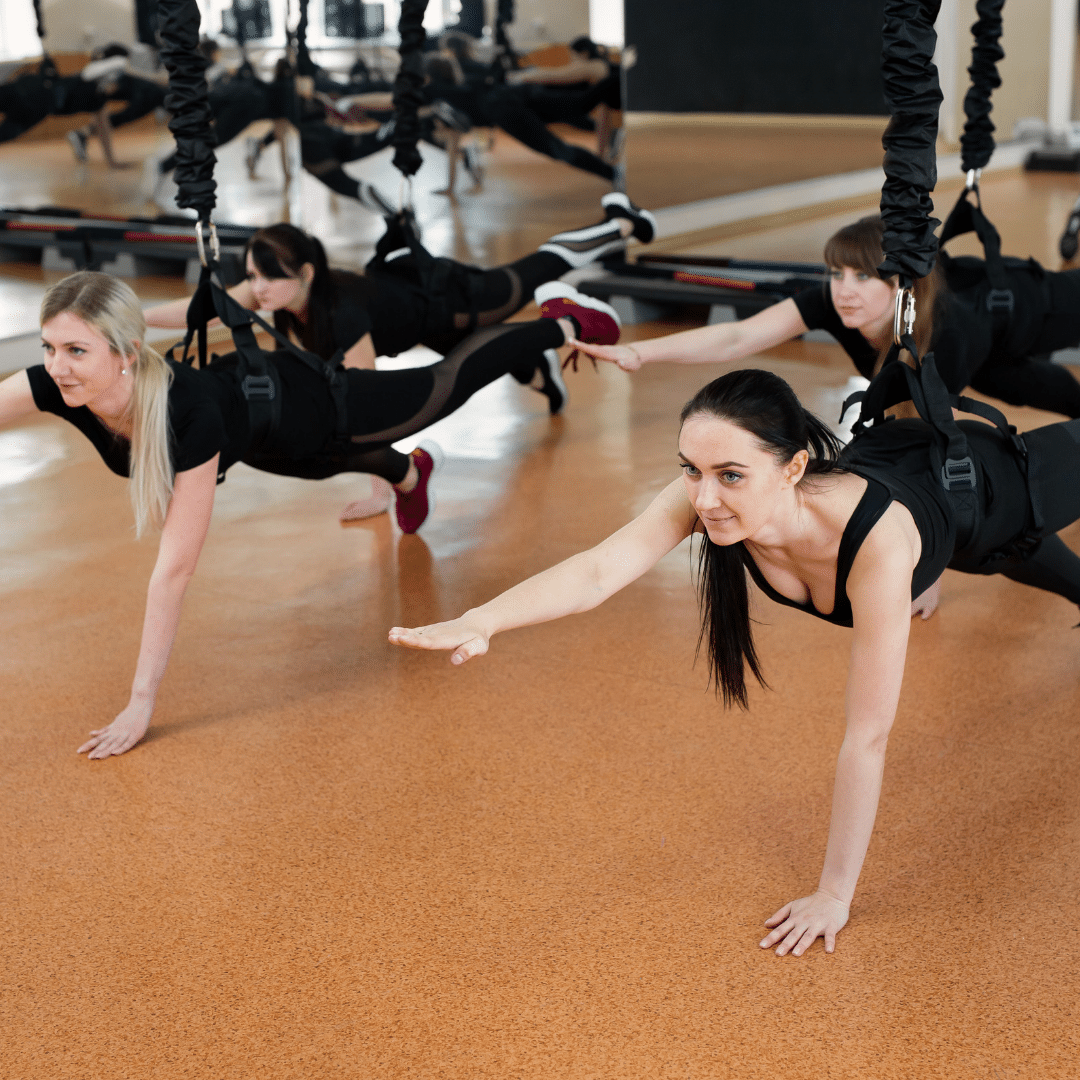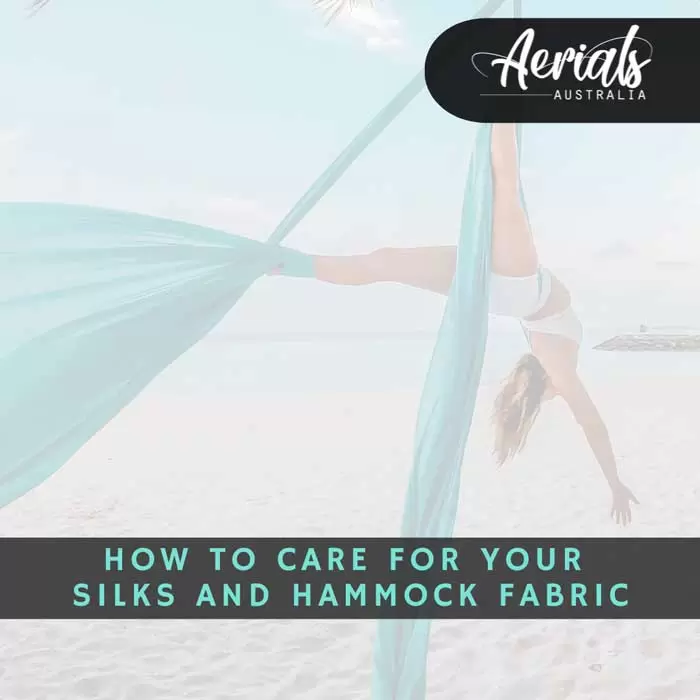 Hi Aerialists,
Hi Aerialists,
So! You’ve taken the leap and purchased your own Aerial Lyra. Yay! But first, let’s have a chat about Lyra safety.
As with all equipment, there is ongoing maintenance – your safety is our absolute priority. We always ensure products are sent to you strong, secure, load tested and certified, BUT once you receive your product, the maintenance is out of our hands and up to you. It should always be your priority to care for your equipment and we can’t stress this enough – aerial sports are dangerous – PLEASE ALWAYS BE SAFE WHILE FLYING! And please ensure you read this guide thoroughly.
1. Check your Lyra, hardware and rigging points before EVERY use. You should always be able to check the lyra in its entirety before every use.
It may seem over the top – but it is an important responsibility. Things to check:
• Does your Lyra have any structural damage or cracks (even small ones in its entirety)?
• Does your hardware have any cracks or damages or rust?
• Does your hardware work correctly? (Swivel spins cleanly, carabiners screw and tighten ecurely, etc)
• Does your sling, rope, daisy chains have any frays, splits, etc? (Especially check around rigging points where it may rub).
If any of the above, DO NOT USE THE PRODUCT! You’ll need to replace the damaged product before using.
Before physically using your Lyra, check:
• Is your Lyra slippery? Wipe down with thinners and allow to dry, use the product ‘dry hands’ on your own hands to ensure most grip.
• Is your rigging point structurally suitable & approved by a registered builder?
• Are your rope, sling or chains attached securely and will not slip?
• Is your Lyra rigged correctly? (Ie, never use rope through a tab as it may rub, always use a smooth Strong surface such as a carabiner to ensure safety. We recommend Aerial Lyra – carabiner – swivel – carabiner – sling – rigging point OR Aerial Lyra – carabiner – sling – carabiner – swivel – carabiner – rigging point. Always get professional training on how to rig your Lyra.
• Are you aware of load ratings and max loading of both the lyra and your rigging point?
• Do you have an approved crash mat underneath you incase of a fall? It happens to the best of aerialists so please ensure you are safe to fall, should it happen.
• Do you have another person present? (NEVER train alone!)
• If you are not a professional, do you have a qualified teacher overlooking your rigging and your training?
After using your Lyra:
• Always take it down after you’ve finished – even if just for a few hours! This ensures a new check when using it next time, ensures your slings or ropes don’t get weakened by UV, your products don’t get wet, rusted, etc. And also avoids others (children, friends) using your products that may not understand.
• Store indoors in a dry area.
• Keep hardware away from salt, sand, dirt, rain.
2. Ongoing maintenance.
While checking your Lyra before each use is important, we also require this ongoing maintenance to ensure your Lyra stays safe for a long time!
• Get your Lyra and hardware professionally checked by a qualified fabrication engineer every six (6) months or earlier if querying to ensure the product is not damaged and remains safe to use.
• We recommend replacing your Lyra every 24 months to ensure safety.
If you ever question any aspect of safety of your products, or experience any damages, cracks, frays or any issues, immediately discontinue use and do NOT risk your safety. At the end of the day, there are a multitude of situations that could arise from inconsistent checks and maintenance while up in the air, and we want you to remain as safe as possible.
Happy flying, and we are excited to see you on your new lyra!
Connect with us:
Instagram: tag aerialsaustralia or #aerialsaustralia
Facebook: Facebook.com/aerialsuppliesaustralia
Need a Lyra Hoop? have a browse at our stainless steel Aerial Lyras For Sale in 85, 90 and 95cm diameter


